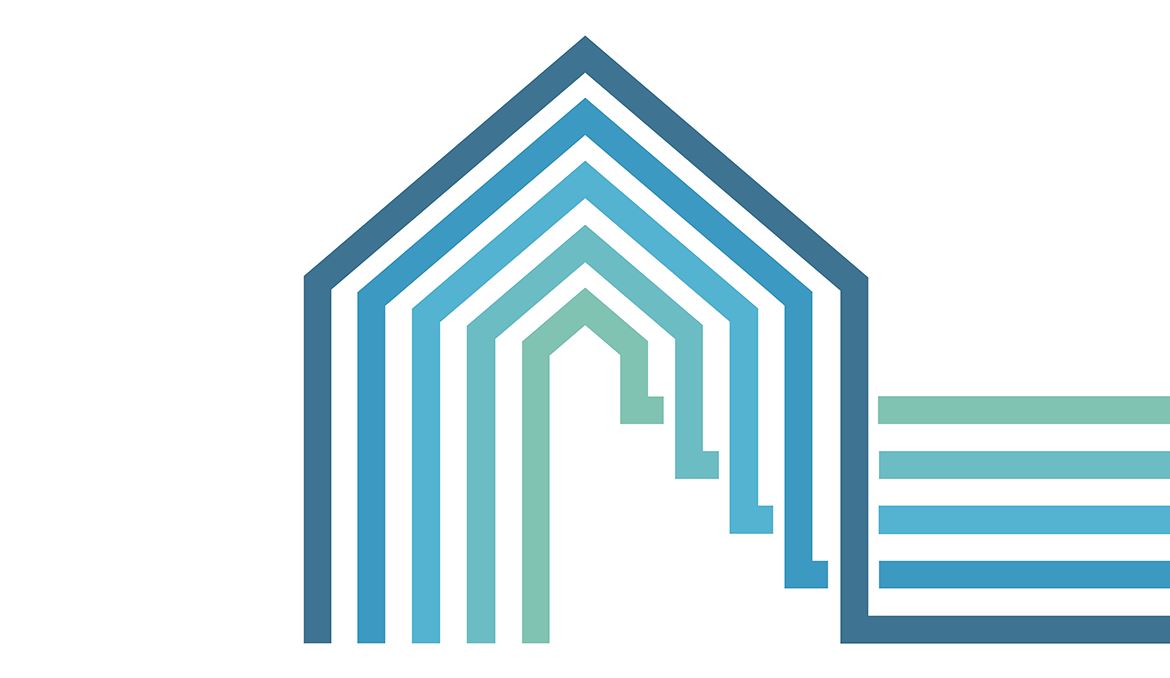Everything has a life-cycle. Even buildings.
Though they may be comprised of seemingly permanent materials such as concrete, masonry, metal, glass, or wood, our buildings slowly deteriorate; or may be adapted to changing needs; they may be gutted, expanded, or sometimes even contracted. As Stewart Brand eloquently put it in How Buildings Learn: What Happens After They're Built, our building constantly "learn" from us - the people who inhabit, utilize, and otherwise interact with our buildings.
As the building design and construction industry reckons with the emerging imperative to dramatically reduce the embodied carbon of our buildings, might we reconcile the notion that our buildings are constantly changing - but the rate at which the change occurs generally correlates with certain interrelated "layers" of our buildings? Brand and others have referred to these as the "shearing layers" of change.
Coined by architect Frank Duffy, the "shearing layers" concept defines buildings as a set of integral components that adapt or change in different timescales. Duffy notes, "Our basic argument is that there isn't any such thing as a building. A building properly conceived is several layers of longevity of built components." (Brand, 1994).
Figure: The "shearing layers" concept defines buildings as a set of integral components that adapt or change in different timescales. Adapted from the World Business Council for Sustainable Development, The Building System Carbon Framework (2020). |
What does this mean in the context of embodied carbon?
Achieving low/zero embodied emissions will require adopting the principles of:
Reuse, including the renovation of existing buildings, utilizing recycled materials, and designing buildings for deconstruction;
Reduce, including material source optimization, specification of low/zero carbon building products; and
Sequestration, which can take the form of any number of carbon sequestering site solutions, building materials, and so forth.
However, an overarching concept amidst all of this is consideration of time - specifically, the rate of change and adaptation of the various shearing layers. The layers with the shortest timescales of change (e.g., our furniture, finishes, and furnishings) should have minimal/zero negative environmental impacts, including embodied carbon Ideally, they are rapidly renewable and could return to biological or technical systems of reconstitution - and perhaps they can even serve as carbon sinks. The layers with longer timescales of change (e.g., our building structures and envelopes) may require more embodied carbon, but their associated negative environmental impacts may be minimized by thoughtfully designing these layers for the greatest degree of durability, resiliency, and longevity.
Reference
Steward Brand, 1994, How Buildings Learn: What Happens After They're Built. Viking Press.



Recent Comments
These are actually very helpful tips. It is...
This is the most beneficial blog for all...
This blog is a great resource for anyone...
Thank you for sharing this important information. I...
This is a very interesting subject of the...